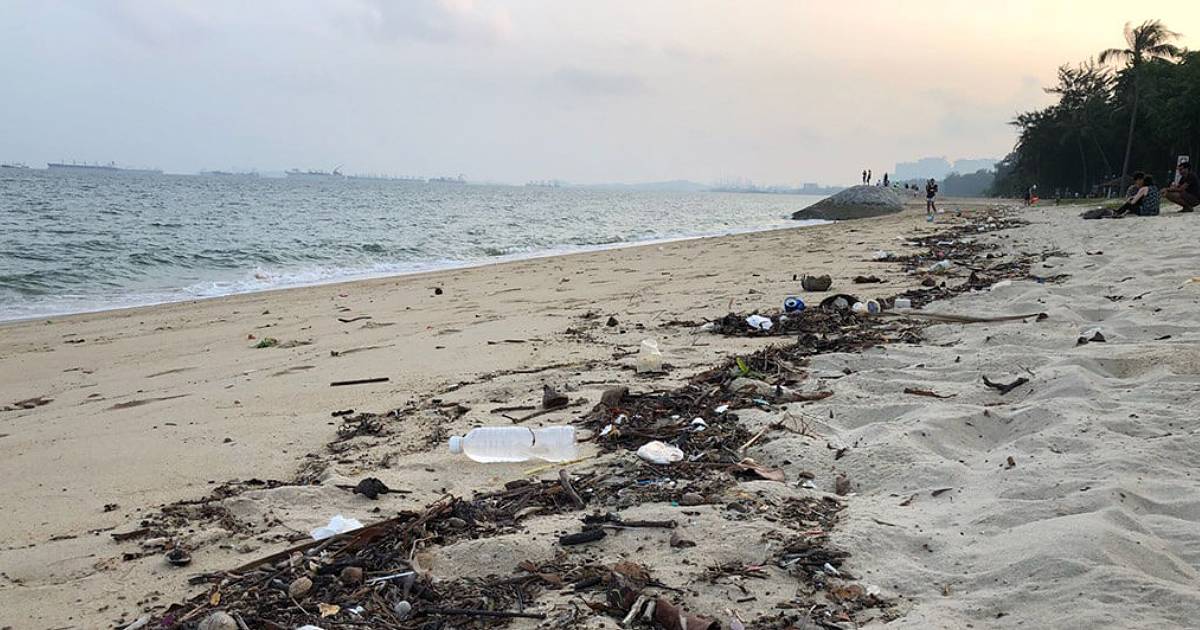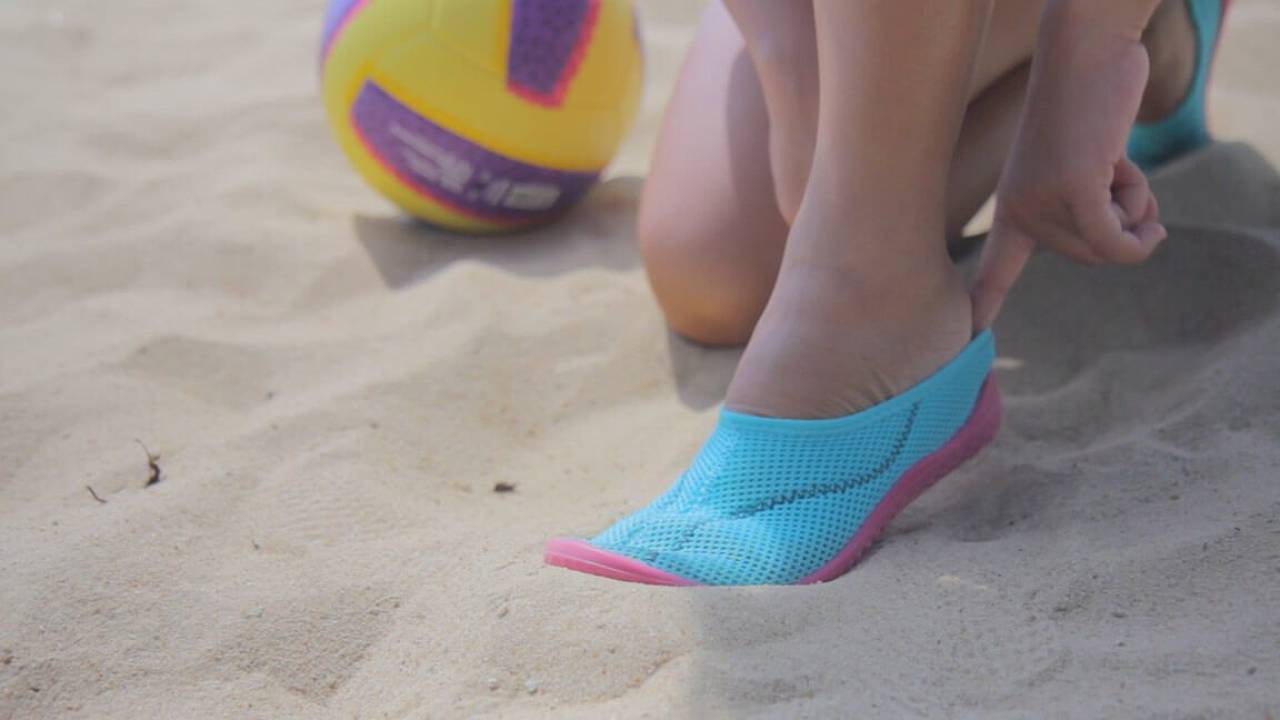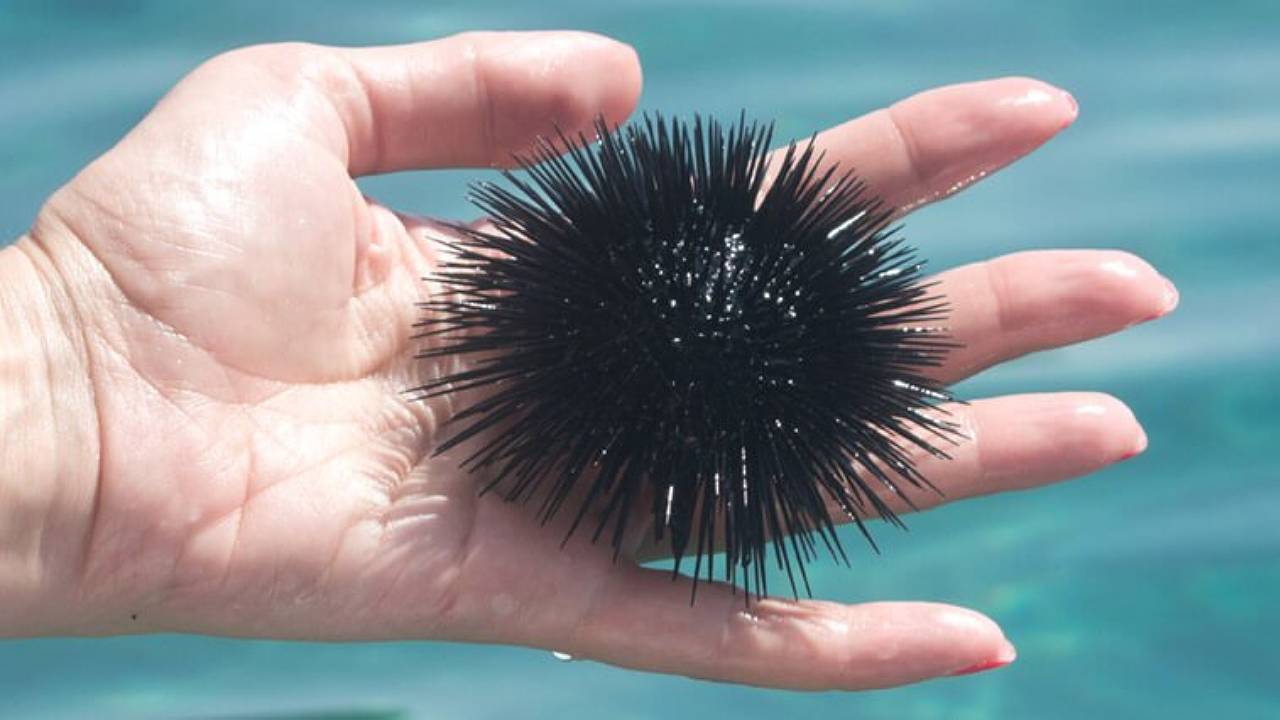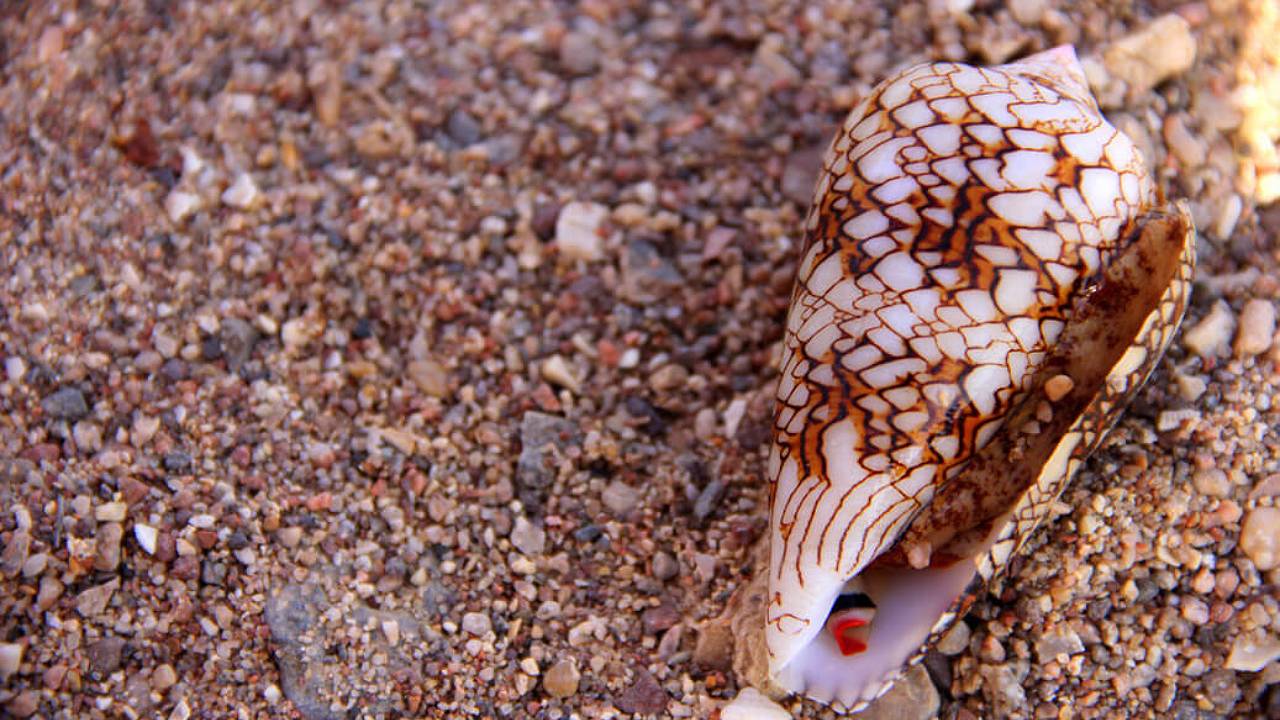
Walking barefoot on the beach may be therapeutic to many, but on a recent visit to the beach at the East Coast Park of Singapore, I was shocked to find piles of trash littering the shoreline. What was particularly worrying was that beachgoers seemed oblivious to the dirty beach and continued to frolic around the sand barefoot. This increased potential for skin contact with marine debris is dangerous and often responsible for cuts, various infections, or injuries at the beach.
So what’s wrong with going barefoot?
A dirty beach holds many risks for the foot. Litter such as plastic bottles, glass shards and the sharp metal edges of discarded drink cans can easily cause an injury. These manmade hazards are typically a result of our failure to care for our environment and simply leaving our trash at the beach or dumping it in the sea. Since this problem is unlikely to be resolved overnight, we can only resort to protecting our feet from such hazards with measures such as wearing aqua shoes or other suitable forms of footwear.

Physical trauma can occur in a number of ways at the beach. For example, you may find yourself slipping on wet rocks due to a lack of suitable footwear and twisting your ankle or cutting yourself on sharp edged rocks or shells.
Other dangers are less obvious. Dangers like cone snails, stone fish, scorpion fish or sea urchins exist in Singaporean waters and are not always easy to spot, and beachcombers have been injured by stepping on or picking up these creatures. Other natural threats may be smaller than our eye can see, including parasitic infections such as hookworms and fungal skin infections such as ring worms or athlete’s foot. Due to the wet environment, our skin is typically more susceptible to external infections, particularly those of the fungal nature.

What to look out for?
While injuries and physical trauma are obvious, other conditions may not be noticed till much later. Typical injuries or infections picked up from a beach environment include:
Ankle sprains can easily occur on the uneven surface of the beach, beach sports such as volleyball or simply from wearing slippers. If you twist your ankle and experience a lingering pain, it is possible that you may have sprained your ankle. More serious ankle sprains are accompanied with swelling, redness and stiffness. It is advisable to follow the RICE protocol if you do experience an ankle sprain, and if it is not resolving within 1-2 days seek medical attention:
- Rest – Stop your activity immediately. This prevents further damage to the ankle and worsening your injury.
- Ice – Applying an ice pack reduces pain and swelling. Repeat as needed.
- Compress – Wrap the injury tightly. This prevents or reduces swelling.
- Elevate – Lie down and raise the injured area to reduce bruising or any internal bleeding
Fungal infections can take a few days to a few weeks or even longer before they catch our attention. Nails endure much damage on a beach, especially if the person partakes in sports activities, the nail can easily lift from the nail bed or catch on a rock. This damage makes the nail more susceptible to infection. Some fungal infections occur slowly or have few visible or physiological symptoms in the early stages and will go unnoticed for many months post trauma.
Athlete’s foot and ringworm infections are common fungal infections that can be transmitted through contact with an infected surface and going barefoot in community paths, washing areas or the beach can expose you to this fungus. The symptoms for athlete’s foot include redness, blisters, an itching or burning sensation, as well as peeling and cracking of the skin. The areas of the foot that are most commonly affected include between the toes, but it can also include the sole or sides of the foot. Ringworm presents as a red circular sore that may be surrounded by scaly skin. There is a typically a patch of clearer skin in the middle of the sore.
The beach is an ideal location for fungal infections to spread due to a lack of diligence when washing and drying the feet and a preference for going barefoot in public areas. While home remedies such as applying apple cider vinegar or garlic to affected areas may be considered, these can often be of little use, and may even go so far as to damage your skin. Garlic in particular can result in burns, and you should avoid such home remedies whenever possible.
Parasitic Infections, sea urchin spikes or jelly fish stings are on the rise with more people becoming diving or snorkelling enthusiasts. If a person’s skin comes into contact with sharp coral, the parasites that live on the coral can easily find their way under the skin, burrowing themselves into a new home. These infections can be painful but often not life threatening.
If you are experiencing discomfort or notice any signs of an infection, do seek a healthcare professional immediately.

What can we do?
Here are a few steps to help us stay safe at the beach:
- Wearing aqua shoes should be mandatory when walking or running on the beach. Regular shoes do not make the cut because they trap water and debris, inviting fungal infection and open toed footwear such as sandals fail to offer the right protection.
- Wash your feet thoroughly after being at the beach, paying attention to in-between the toes. This ensures the feet are checked for wounds, infections or foreign bodies.
- Seek medical attention if a wound or injury occurs to the foot while on the beach, and if pain starts after being at the beach, also seek medical attention.




